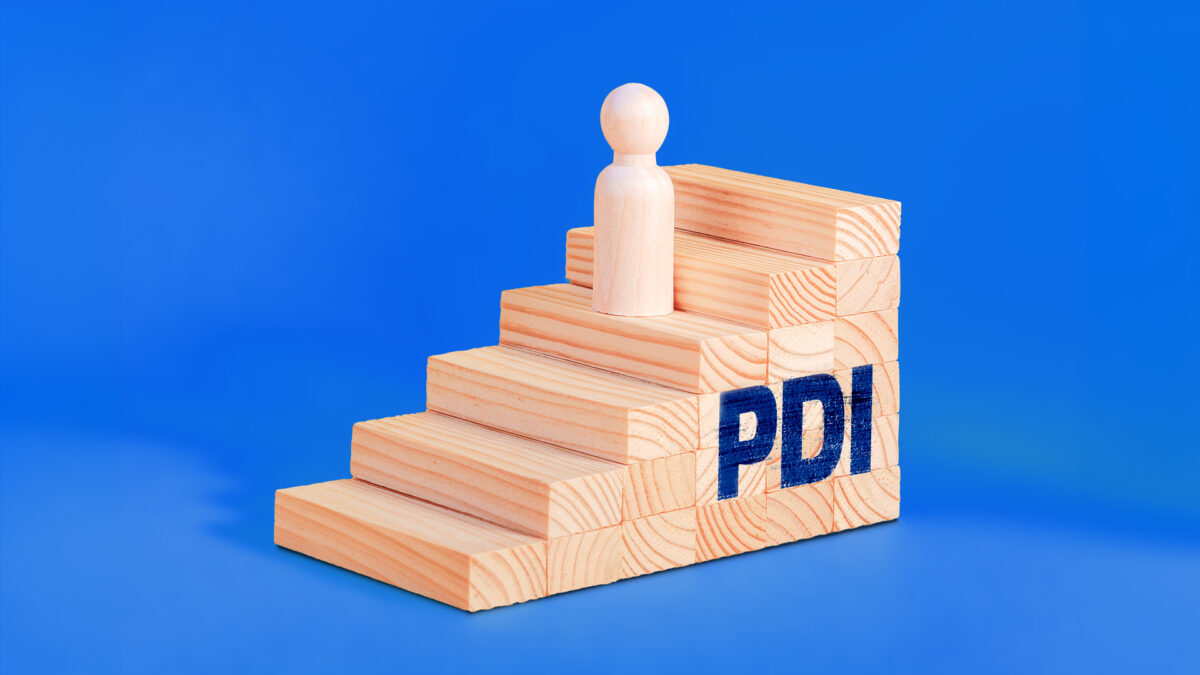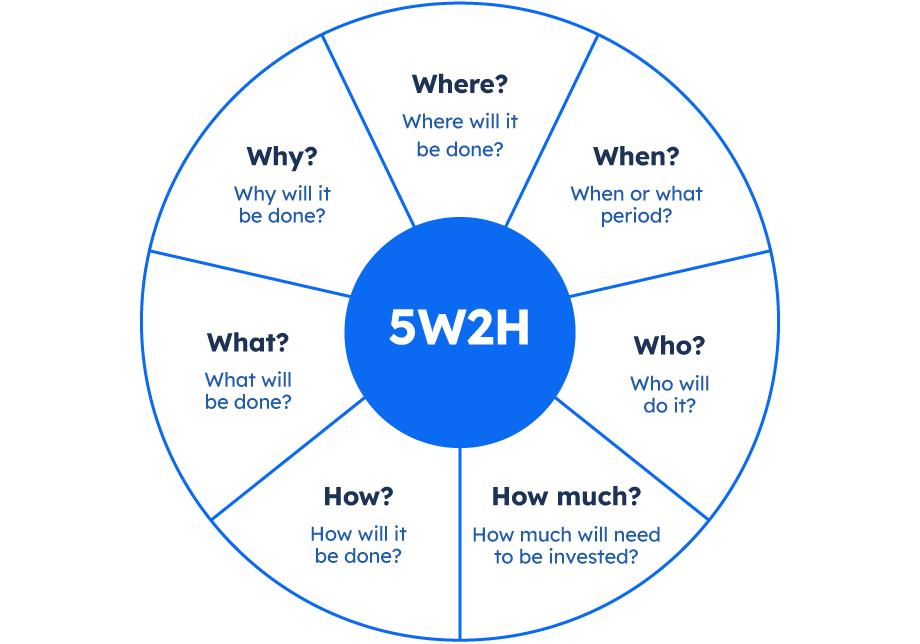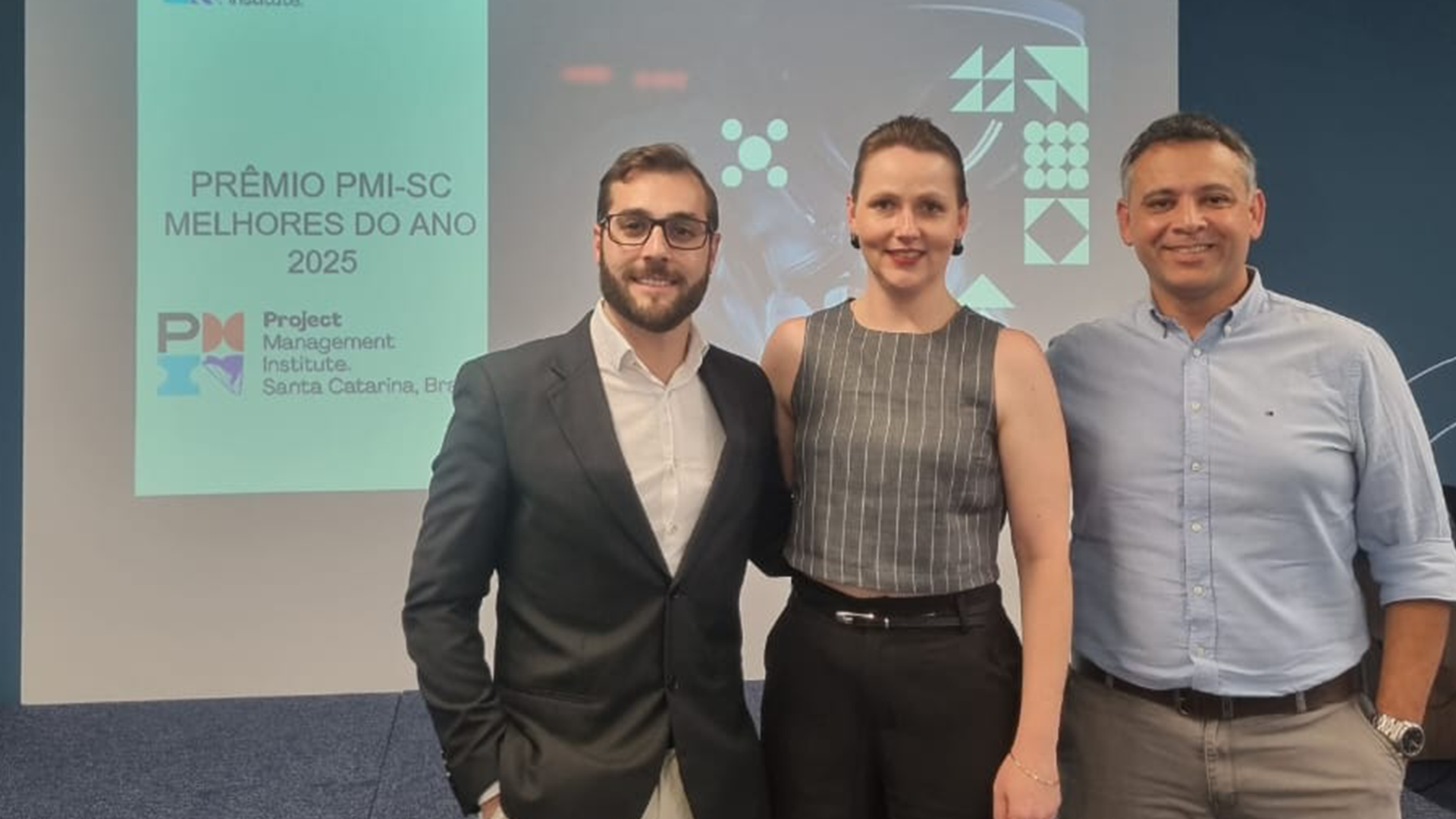
We talk a lot about processes, projects, and methodologies for Strategic Management, and for all of this to happen within an organization, it is essential that employees are engaged with their values and organizational culture.
One of the main responsible parties for aligning the internal team is Human Development, commonly referred to as HD or HR. There are numerous practices adopted by this area to align employees within a company and keep them engaged throughout their professional journey.
One of these practices is the Individual Development Plan (IDP), a tool that assists in the development of employees by correlating personal and professional growth throughout their career within the company.
This topic is not new. Around 1980, Michael Morgan McCall, Michael Lombardo, and Robert Eichinger conducted research and discovered that motivation is essential for human development. From there, they created a learning model that positioned the employee as the protagonist of their own learning, demonstrating that active participation in this evolution is necessary to achieve positive goals and significant learning.
Since then, they have refined various methods and methodologies to apply this tool, considering the numerous benefits it can provide to the companies that adopt it.
Advantages of using the IDP
The Individual Development Plan brings benefits both to the organization and to employees. Motivated employees, for example, tend to be more productive, directly contributing to the company’s results. Another positive impact is talent retention, as employees who feel valued and perceive an investment of time or money in their development tend to stay.
It contributes to the development of the company’s workforce, making it more qualified to deliver to clients. As a consequence, the organization is better positioned in the market, quickly adapting to needs and sustainable growth.
Thanks to the IDP, employees can identify their professional goals more clearly, as their leaders assist in providing direction for their career within the company. It also allows the team to identify the individual skills that need improvement, suggesting a path to follow to acquire them through training and development. Consequently, professionals will perceive their evolution more clearly and understand how much they still need to reach their desired position.
In summary, the company reaps the benefits related to productivity, talent retention, and continuous progress through positive results and the development of its employees: everyone wins!
5W2H applied to the IDP
To ensure that an Individual Development Plan is effective, it must be developed specifically and personalized for each employee, considering activities according to their respective positions.
To assist in identifying the competencies and skills to be developed and to create a clear and objective IDP, we can use the 5W2H tool.

You might be wondering why we consider “How much will it cost,” but it is important information. Each IDP will result not only in strategies but also in actions that may require financial resources.
And since the IDP will be well executed with the help of tools to make it clearer and more strategic, it is essential to adopt technologies and software that include Performance Evaluation services, which is the most appropriate way to measure the progress of the Individual Development Plan.
Challenges Faced
Among the main challenges faced, both in implementing the practice and throughout its application, is the comfort zone, which is sometimes seen as a place of safety in a professional career.
There may be resistance from employees; however, nothing that a cultural effort cannot contribute to by demystifying limiting beliefs and other boundaries imposed by themselves. Evolving is a process that requires detachment, discipline, and acceptance of risks.
When we do not use tools like 5W2H, the IDP may not be as effective, resulting in goals that are disconnected from reality. The goals and objectives set must be viable within the current situation of the company and the employee.
Since we are talking about goals, they need to reflect the employee’s career planning so that they can not only improve their performance in their current role but also aspire to future positions. After all, empty goals without purpose cannot generate engagement.
However, engagement alone is not enough; the secret ingredients for putting actions into practice are discipline and commitment to one’s own career and professional development.
Finally, to succeed, it is necessary to have monitoring, which is considered the most challenging stage of the IDP. Since it is associated with feedback, the process must be well executed; otherwise, it may impact progress and demotivate those involved.
Once again, it is advised that the monitoring and feedback stage includes technological solutions capable of providing analyses and reports, ensuring accuracy, objectivity, and agility in monitoring a large volume of information.
Interact Suite SA and the Management of Human and Professional Development
The technology solution from Interact focused on Human and Professional Development Management ensures automation, management, and continuous improvement of the processes involving the organization’s employees.
Capable of being integrated with other modules, it includes automation for Competency Management, Control of the Individual Development Plan (IDP), Employee Performance Control, Organization and Management of Training and Development, and much more.
Additionally, if you want to manage all aspects of people management and talent acquisition, Interact Suite SA also offers various analyses and rankings, a talent bank, a nine-box matrix, qualitative and quantitative evaluations of employees, and automation of corporate strategic and operational planning and the HR area.
Visit our website to learn how Interact Suite SA can elevate your Human Development area.
Author:

Bianca Wermann
Journalist, Communication and Marketing Analyst at Interact Solutions.



